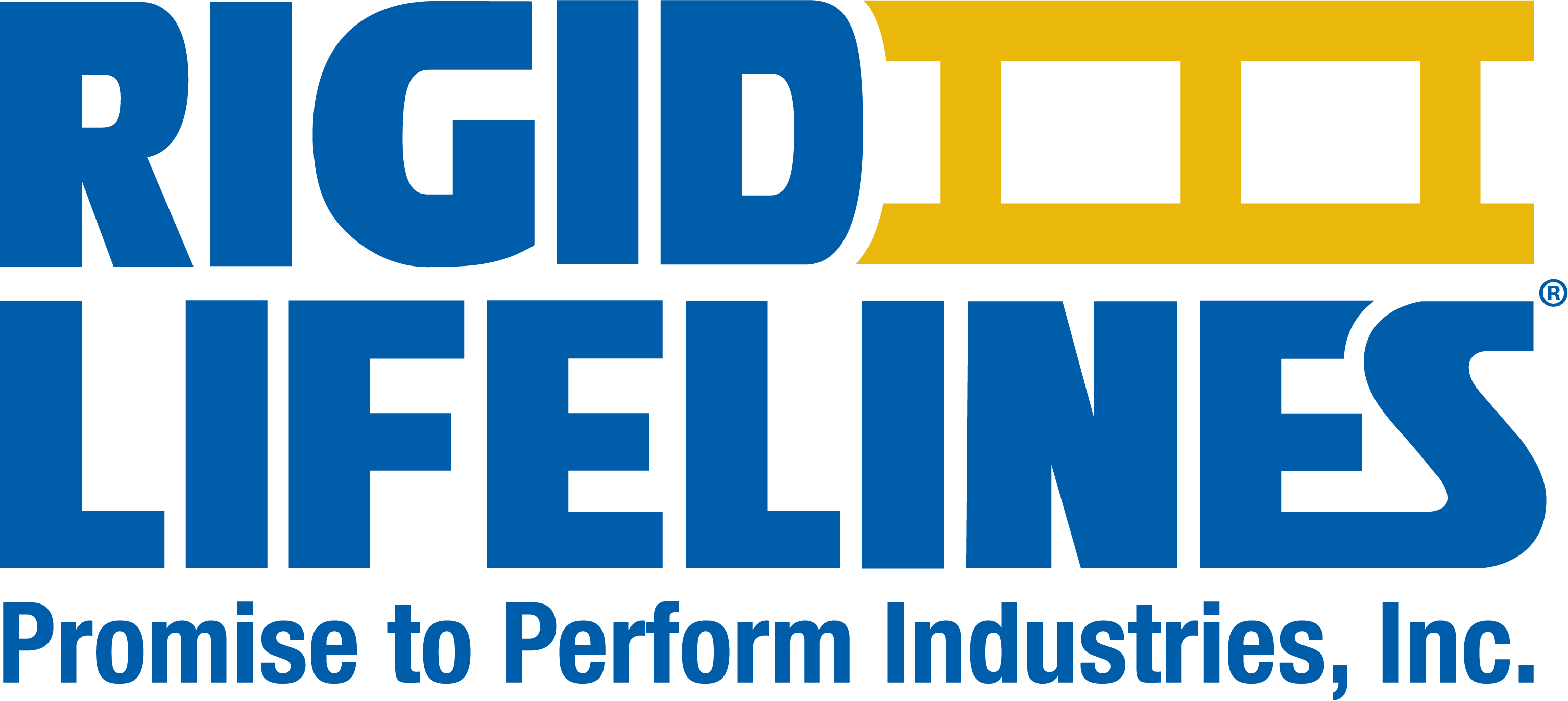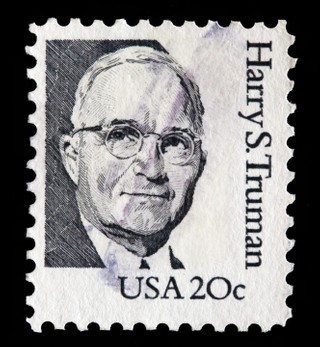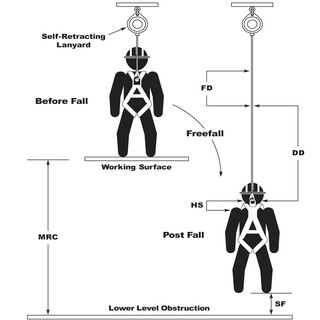Posts by developer
Users and Choosers — A Guide to ANSI Terms
As former President Harry Truman once said, “The buck stops here.” Naturally, Truman said that in regards to his responsibilities as President of the United States. But, when fall protection standards are involved, the proverbial buck stops with the American National Standards Institute and the American Society of Safety Professionals. In many ways, they are…
Read MoreGeneral Duty Clause in a Nutshell — Know Your Hazards, Protect Your Employees
Legal documents frequently offer the best examples of the power of words. Since OSHA (Occupational Safety and Health Administration) is responsible for the safety of many types of work environments, they have devised a series of rules that are location and industry specific. However, the “General Duty Clause,” is what OSHA has lovingly named their…
Read MoreGuardrails: Getting a Grip on Fall Protection
We’ve all heard Occam’s razor: all other factors being equal, the simplest solution is most often the best. When it comes to fall protection, many workplace fall hazards can be eliminated or minimized using a rather obvious solution—the guardrail. Although hardly glamorous and rarely high-tech, guardrails are often the difference between a potentially lethal fall…
Read MoreThe Dangers of Body Belts
The heyday of American skyscraper construction saw the birth of structures that had until that point existed only as engineer’s drawings or in the pages of science fiction novels. With the rapid increase in high-rise construction, however, came a substantial increase in the risk for fall-related injuries and deaths. The simplest and most straightforward remedy…
Read MoreFall Arrest Systems: Rope Grabs vs. Self-Retracting Lifelines
Choosing the most appropriate fall arrest system can be a challenge. Both “rope grab” and “self-retracting lanyard” (or lifeline) (SRL) systems comply with OSHA requirements and can stop a fall in progress. Here, we’ll take a brief look at each and weigh their respective advantages and limitations. For accuracy and simplicity, we’ll use the OSHA…
Read MoreHow Do You Manage the Inspection of Your Fall Protection Equipment
No fall protection program is complete without a practical system for tracking the inspection, maintenance, retirement, and replacement of fall protection equipment. Because fall protection gear provides a life-saving function and is subject to the stresses and fatigue of use, it must be inspected regularly. The way in which you track these inspections is equally…
Read MoreThe Top 5 Industries Where Most Falls Occur
Detailed data on falls in the workplace are maintained and analyzed by several organizations, including the Bureau of Labor Statistics (BLS), the Occupational Safety and Health Administration (OSHA), and the National Institute of Occupational Safety and Health (NIOSH). Because there are so many ways to group and analyze workplace injuries and data, determining which industries…
Read MoreState OSHA Programs, Establishment and Advantages
Almost everyone has heard of the Occupational Safety and Health Act (OSHA) of 1970, but what you may not know is that Section 18 of the Act encourages states to develop their own programs to promote safety in the workplace. State plans must be approved and monitored by OSHA at the federal level, and the…
Read MoreHow to Become a Certified Safety Professional – CSP
Achieving a standard of expertise in a profession often means meeting the rigorous standards of certification by an independent board. Just as the Certified Nurse Assistant (CNA) or Certified Public Accountant (CPA) can earn such a designation, so can professionals in the field of safety. The Certified Safety Professional (CSP) must meet the educational and…
Read MoreSafety in Numbers, Calculating Fall Clearance – Part 1
Maximizing safety and minimizing injury are the goals of any fall arrest system. But how do you know how much clearance is required for a system to be effective? Unfortunately there is not a concise answer to this question. Calculating fall clearance in order to choose the proper fall protection system for any application is…
Read MoreCorporate Aircraft Hangar Improves Safety & Efficiency With Rigid Lifelines Fall Arrest Systems
A major private northeastern airport is home to a corporate aircraft hangar for a large international company. The hangar houses a branch of the company’s aircraft, including three jets and two helicopters. These aircraft are flown on a weekly basis, depending on executive’s travel needs. As the aircraft move in and out of the hangar,…
Read More

